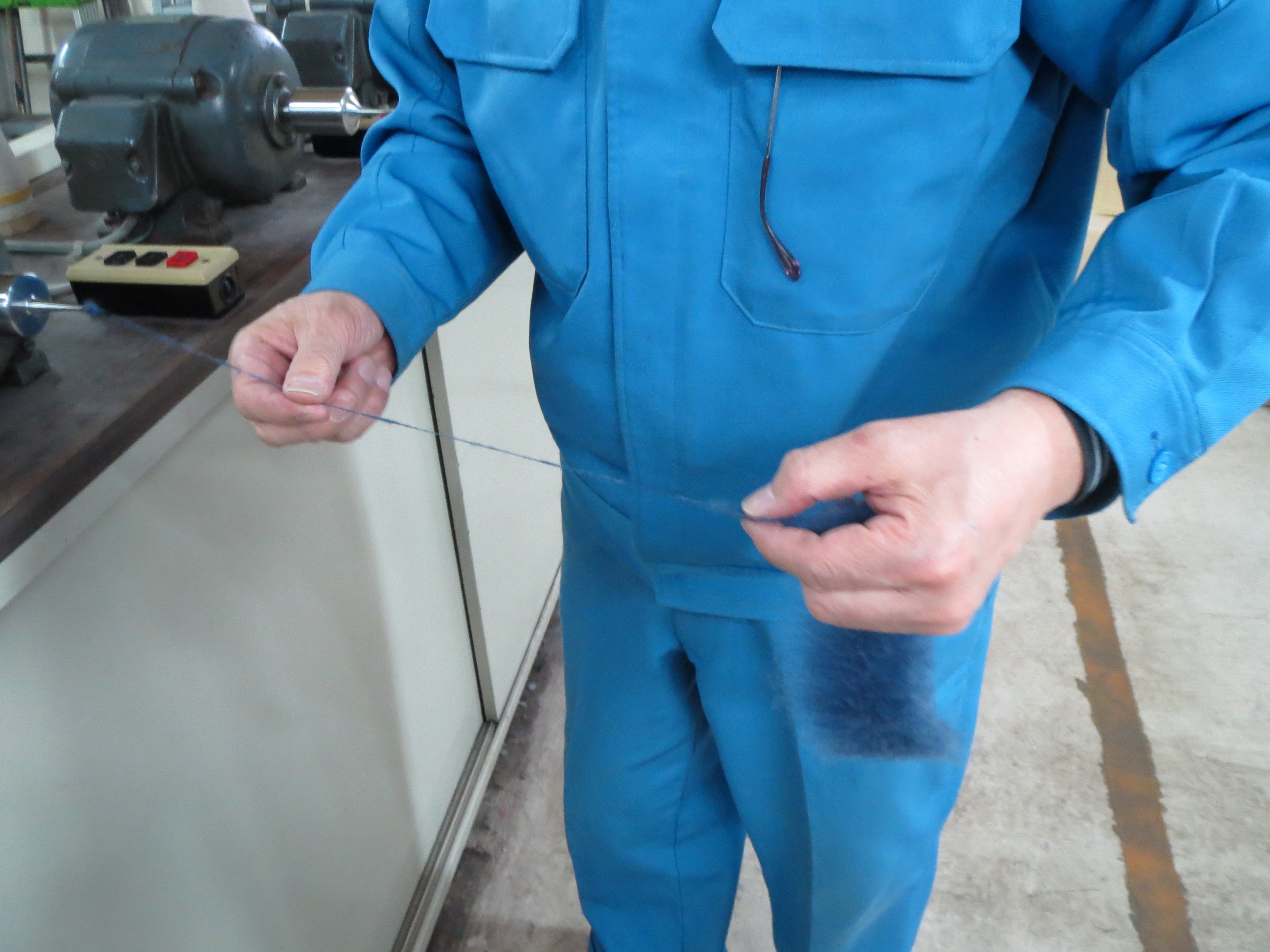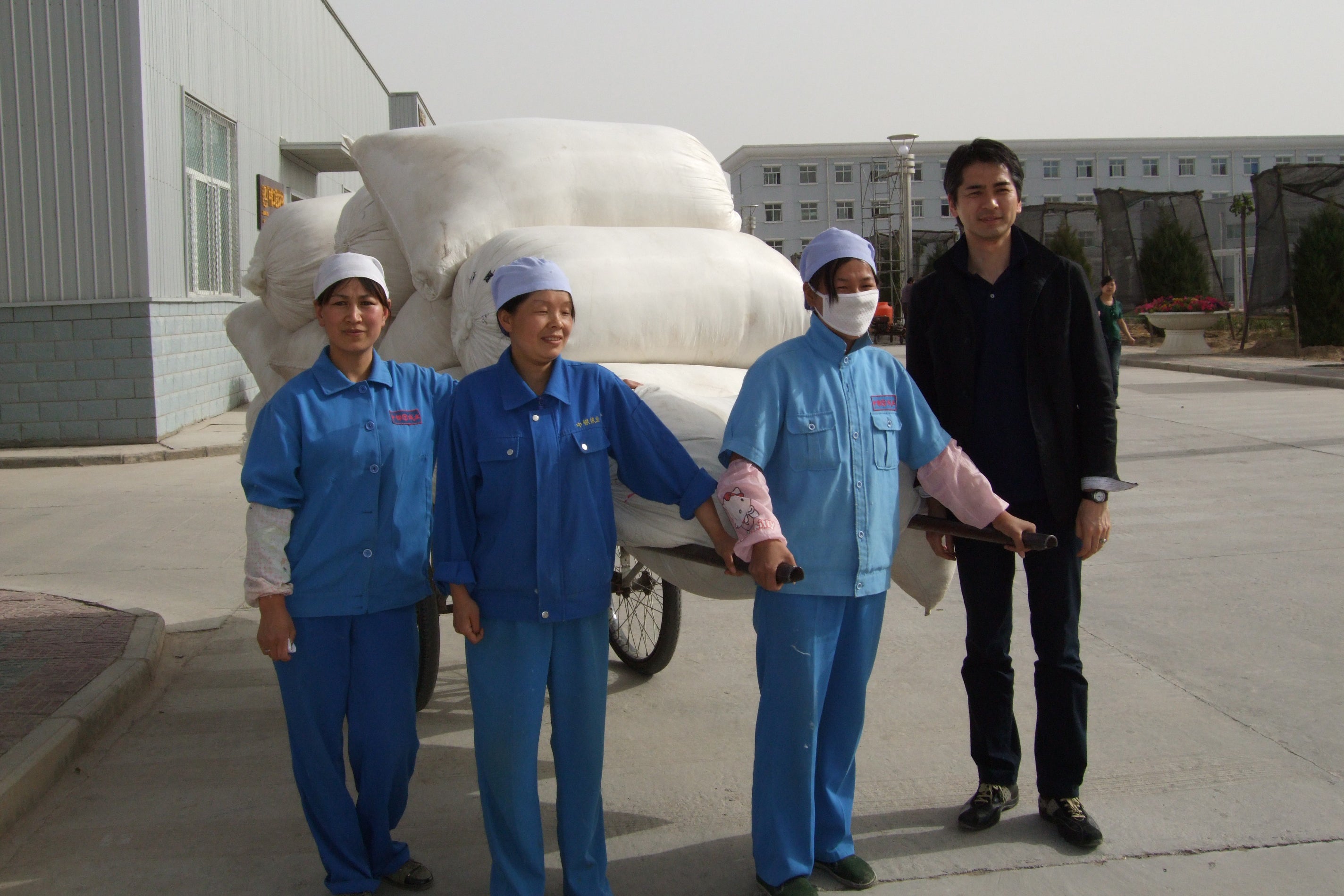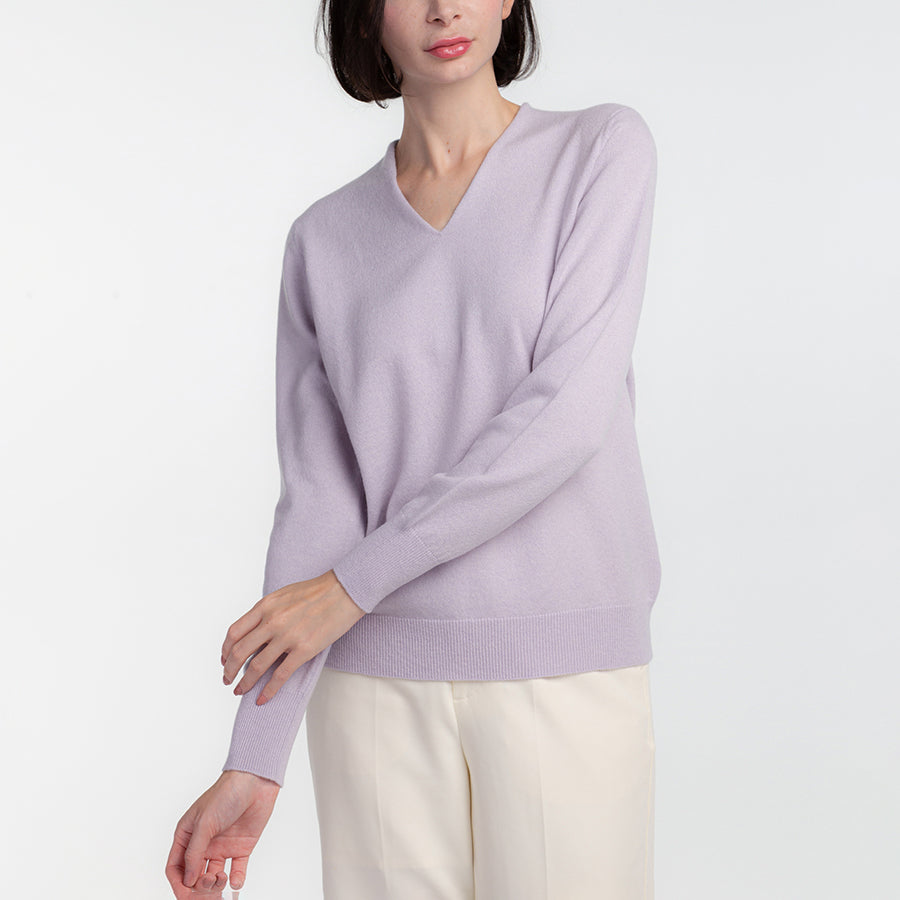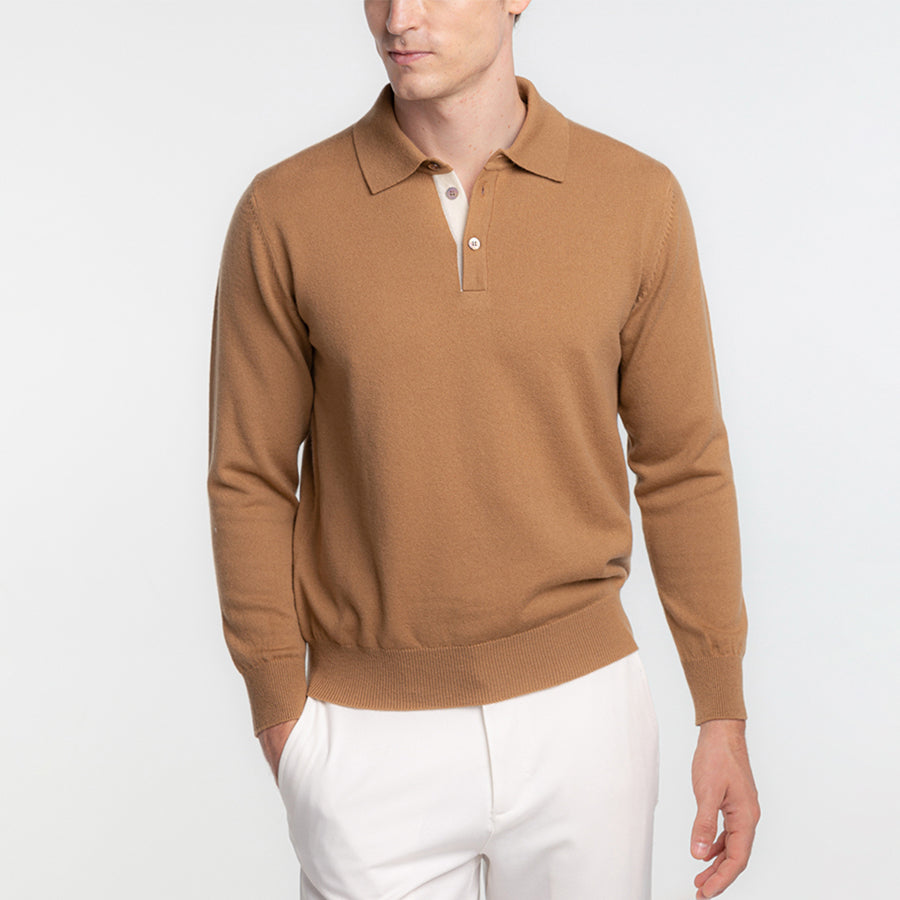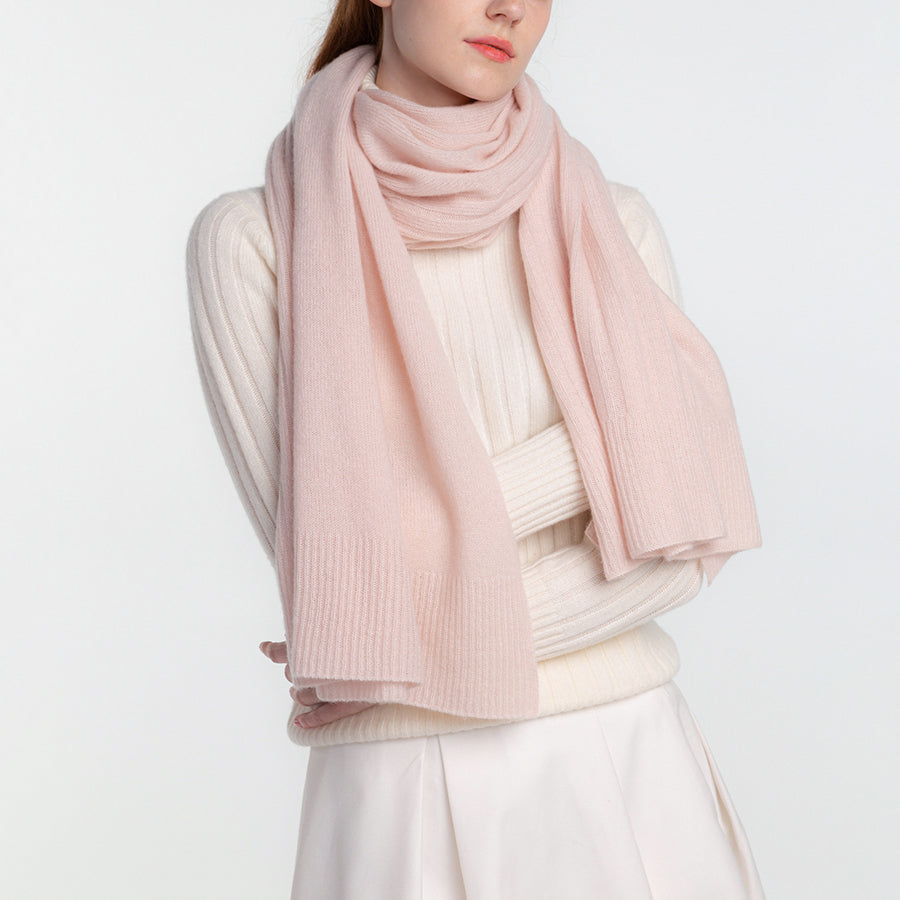Fils tricotés et fils tissés. Les fils tricotés sont moins torsadés. Leur fabrication requiert des fibres de matière première fines et longues.

fils tricotés et tissés
Les fils tricotés sont moins torsadés
Les fils à tricoter nécessitent la finesse et la longueur des fibres de matières premières.
Cela peut ressembler à une vantardise concernant les fils à tricoter, mais il est peu connu que les fils à tricoter sont fabriqués à partir des meilleures matières premières lorsque les fils sont fabriqués (filés) à partir de matières premières naturelles.
Comme nous l'avons mentionné précédemment, le processus de base de fabrication (filage) du fil consiste à « regrouper et à tordre les fibres de matière première ».
Plus le fil est torsadé, plus il devient résistant.
Cependant, dans le cas des fils à tricoter, une texture duveteuse est essentielle, un retordage important n'est donc pas possible.
Comme un torsadage serré est impossible, chaque fibre de matière première doit être longue, sinon elle se détachera facilement.
Puisque nous souhaitons obtenir des fils duveteux, nous ne pouvons pas appliquer de torsion importante ; nous sommes donc contraints d’utiliser des fibres longues. Naturellement, les matières premières longues et fines sont coûteuses.
La laine (poils d'animaux), notamment le cachemire, la laine de mouton, l'angora, le mohair, la laine de chameau et l'alpaga, que l'on appelle laine filée, possède ses propres caractéristiques.
La laine de mouton est polyvalente pour la fabrication de fils à tricoter et à tisser grâce à ses fibres longues et à son frisé modéré.
La laine d'alpaga est humide et douce, peu frisée, et ses poils ont tendance à tomber facilement, et les poils détachés ont tendance à s'accrocher à d'autres tissus.
L'angora est doux, mais il n'est pas rigide et se casse facilement, se dispersant comme de la poussière.
La moheya est une fibre droite avec une belle coloration, mais elle est difficile à tricoter en raison de sa faible élasticité.
Le cachemire possède une douceur et une légèreté exceptionnelles, mais ses fibres sont fines et se coupent facilement, ce qui rend sa production peu rentable.
Les différences ne résident pas seulement dans l'animal, mais aussi dans la longueur de la fibre et le nombre de torsions, etc. ; des connaissances et une expérience approfondies sont donc nécessaires.
La qualité du cachemire tissé dépend de la qualité du tissu utilisé pour sa fabrication.
En revanche, le tissage exige un fort degré de torsion pour obtenir un fil solide. Les fils de chaîne sont étirés, les fils de trame sont enfilés et tissés ensemble, puis le tissu est enroulé autour du peigne pour former une pièce d'étoffe. Pour ce faire, il est nécessaire d'augmenter le nombre de torsions afin de rendre le fil résistant à la traction.
La surface du cachemire est grattée pour faire ressortir les poils et créer une texture tissée unique. La qualité de ce gonflant influe grandement sur la réputation du tissu.
Traditionnellement, le tissu était gonflant par grattage avec des moules issues des fruits séchés du chardon-Marie, une plante de la famille des chardons. Il est surprenant que ces moules produisent ce cachemire ondulé, et c'est pourquoi les manufactures de tissus de luxe européennes cultivaient leur propre chardon-Marie. À l'époque, il existait bien sûr du métal et d'autres substituts, mais rien ne pouvait égaler la pureté des baies de chardon.
Comme fiers de leur technique de gonflant, les fabricants de cachemire utilisent souvent le symbole de la graine de chardon. Loro Piana, en Italie, considérée comme la référence en matière de cachemire, arbore un chardon sur sa marque, tout comme Cagliacci.
Comme vous pouvez le constater, même si la même matière première est utilisée, le choix des matières premières diffère en raison des exigences différentes imposées aux fils.


